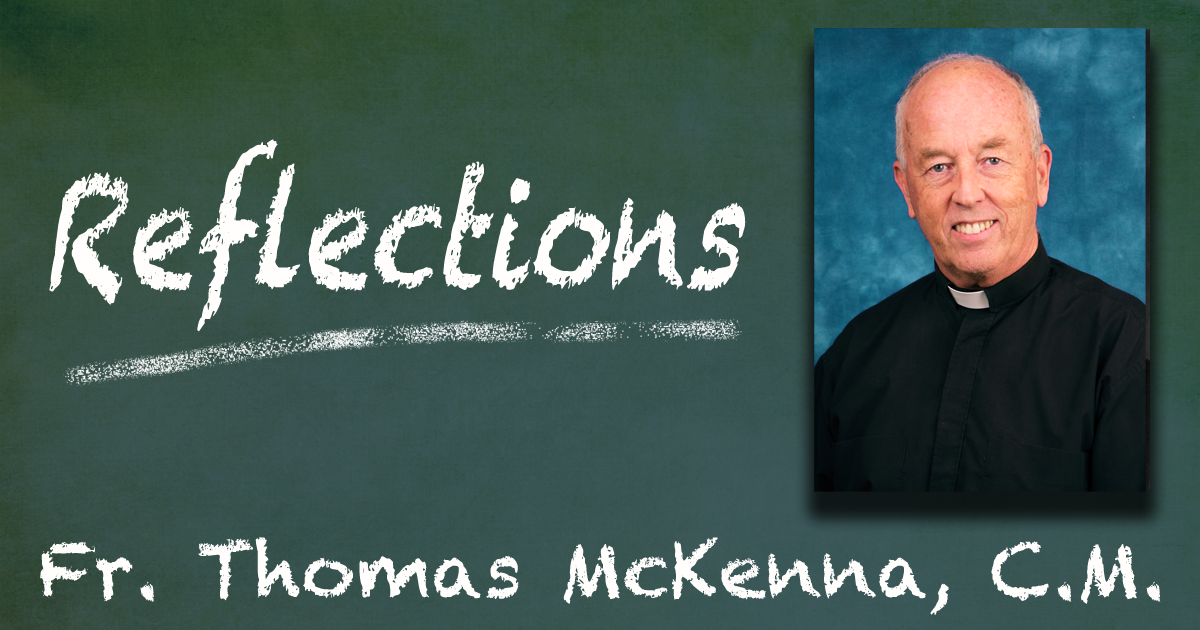
The Holiness Quotient (Lk 2: 25-40)
The initials “EQ.” Different from IQ, meaning Intelligence Quotient which measures mental ability, they stand for Emotional Quotient and refer to the degree to which one person can read the feelings and mood of another — or more generally how acutely he or she can sense that other’s presence. People with low EQ miss many of the interpersonal signals others send out, things like facial cues and different voice intensities. Those with high EQ’s catch those very person-to-person signals; they have a kind of radar for the insides of the people around them.
It seems that two individuals appearing early in Luke’s Gospel had that gift, and in a particularly God-directed way. Of the hundreds of people visiting the Jerusalem Temple, Simeon and Anna register the very personal presence of God as it shines through in this one family passing through. And this threesome, Mary, Joseph, and Child, because they were poor and undistinguished were all but invisible to most everybody else there. What did Simeon and Anna have that so finely sharpened their perception?
For one, they possessed what you might call Holy expectation — or better, God-expectation. As Luke tells it, this devout and righteous man Simeon was “awaiting the consolation of Israel.” Or to say it another way, he had hope. He believed that God was at work in the world and was going to bring about ever more grace-filled happenings. Simeon’s eyes sought the far horizon in search of the first stirrings of the Spirit’s movement breaking into the present. And just as importantly, he was also ready to act, prepared to do whatever it took to follow God’s direction.
Then there’s Anna, the long-time widow who spent her days in constant prayer. Her fasting is the clue to her hope. Psychologists tell us that one of the effects of holding back on gratification is that it raises awareness, heightens a person’s sensitivity to the surrounding world. Anna’s inner eyes were wide open, set to catch the first glimpse of Divinity’s approach.
Both Simeon and Anna possessed this combination of: expectation followed by action, first seeing and then acting under the power of that expectation. And further, they possessed a special sensitivity to the poor people they encountered, an awakened feeling for those further down on the social ladder.
In walk Mary and Joseph who can’t afford the usual Temple offering of bulls and goats but can pay only for two pigeons. But Simeon and Anna, in tune with (and just like) their God, have this unique sympathy for the down and out.
From the prayerful habits they’ve built up over a life time, they intuit a holy aura in this little family whom others would prefer to bypass. In Mary and Joseph (and for sure in that little baby they are carrying), they detect God’s presence. They experience The Lord’s holy nearness.
And here’s the lesson for us who again hear this final episode in the story. As believers, we’re asked:
- to keep developing just this sensitivity to the sacred, to sharpen our sight and refine our hearing for the proximity of God in life.
- to do the kinds of things that lower our thresholds for detecting The Spirit’s call,
- to act in ways that will raise not so much our Emotional Quotient (EQ) as what might be called our Holiness Quotient (HQ); i.e., our ability to detect the Holy in our midst, that acuity deep inside us for sensing and then responding to the nearness of our God.
This would include the regular praying of Simeon and Anna, this consistent coming-before-The-Lord to lay ourselves open to the ways God would draw us. But it might also take in Anna’s fasting (especially after the holidays!) understood in its wider sense of bending some of those desires away from instant gratification and in the direction of benefits to those less fortunate.
And perhaps most pointedly of all, might it heighten our Vincentian care for those on the underside of society, the ones who in their suffering have nothing to rely on but their faith. This is to echo that distinctive God-awareness Simeon and Anna had, that ability to give extra respect and openness to those whom much of the world would rather forget.
In his Christmas message, Pope Francis drew attention to just these least ones when he asked us to be more alert to what he calls “the sign of the child.”
Today, as the winds of war are blowing in our world and an outdated model of development continues to produce human, societal and environmental decline, Christmas invites us to focus on the sign of the Child and to recognize him in the faces of little children, especially those for whom, like Jesus, “there is no place in the inn” (Lk 2:7).
To take his advice is to grow in our ability to be quicker to catch sight of the hand of God as it moves through our world. It is to develop not that IQ or EQ but that HQ, the Holiness Quotient, the awareness of the nearness of God and the call it always sounds.







What a perfect reflection for this time, Tom! I really miss your homilies – and YOU!
You are encouragement itself?!
Thank you very much!
So glad I saw this before Feb 2 (tomorrow)and thanks for these insights on HQ, Fr. Tom.
I might be a day late, but I got the message on 2/3. Thanks Tom